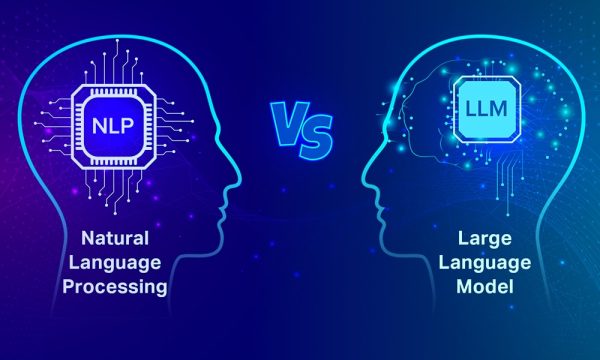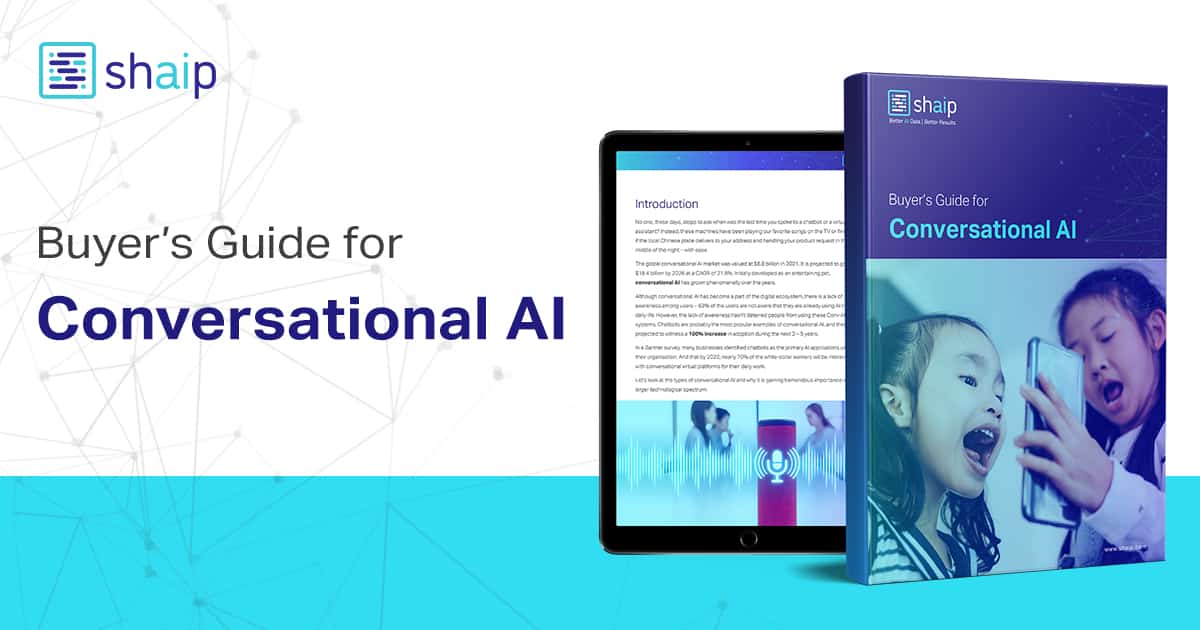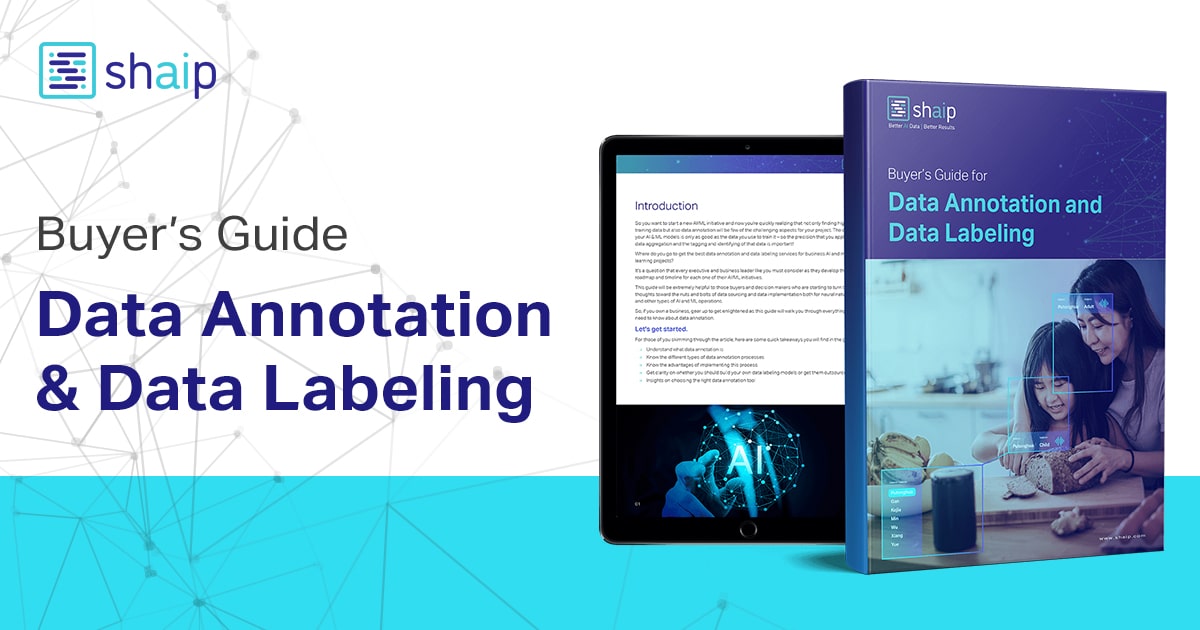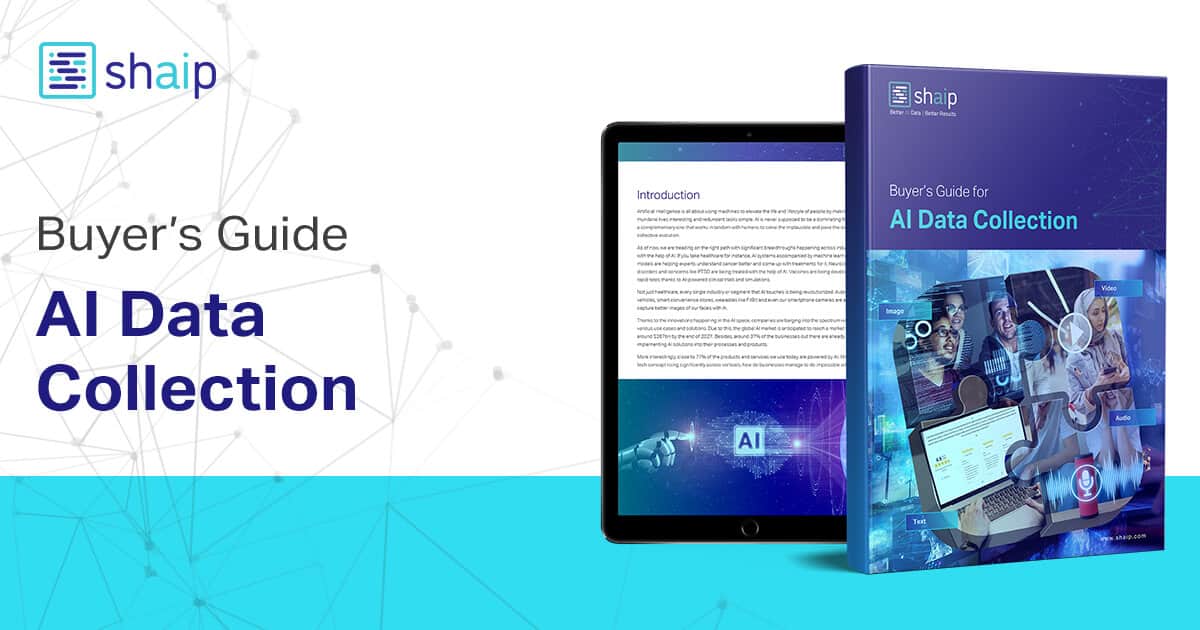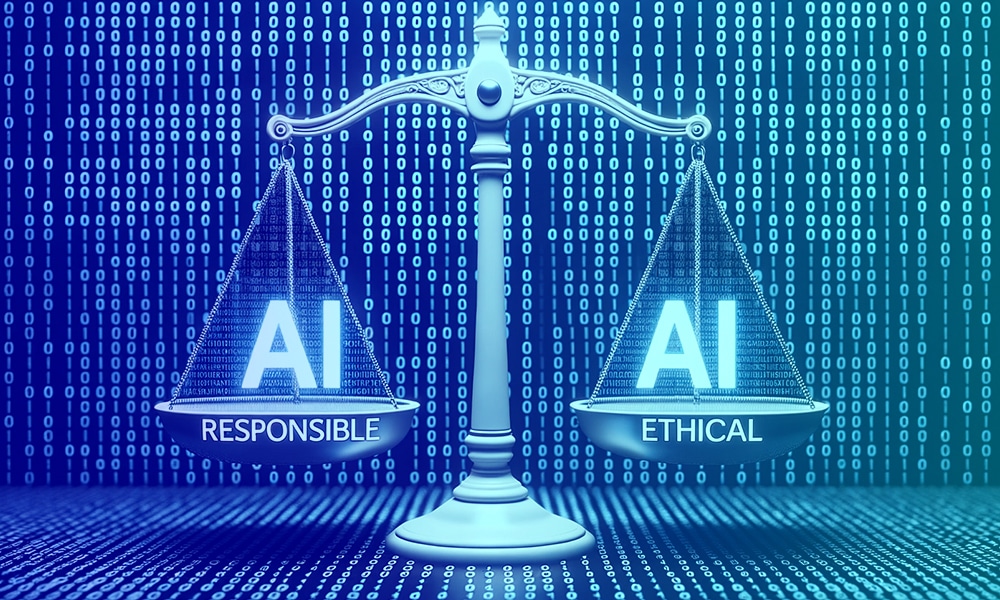Language is complex—and so are the technologies we built to understand it. At the intersection of AI buzzwords, you’ll often see NLP and LLMs mentioned as if they’re the same thing. In reality, NLP is the umbrella methodology, while LLMs are one powerful tool under that umbrella.
Let’s break it down human-style, with analogies, quotes, and real scenarios.
Definitions: NLP and LLM
What is NLP?
Natural Language Processing (NLP) is like the art of understanding language—syntax, sentiment, entities, grammar. It includes tasks such as:
- Part-of-speech tagging
- Named Entity Recognition (NER)
- Sentiment analysis
- Dependency parsing
- Machine translation
Think of it like a proofreader or translator—rules, structure, logic.
What is an LLM?
A Large Language Model (LLM) is a deep learning powerhouse trained on massive datasets. Built on transformer architectures (e.g., GPT, BERT), LLMs predict and generate human-like text based on learned patterns Wikipedia.
Example: GPT‑4 writes essays or simulates conversations.
Side-by-Side Comparison
| Aspect | NLP | LLM |
|---|---|---|
| Purpose | Structure & analyze text | Predict & generate coherent text |
| Tech stack | Rules, statistical models, feature-based | Deep neural networks (transformers) |
| Resource needs | Lightweight, fast, low compute | Heavy compute, GPUs/TPUs, memory |
| Interpretability | High (rules explain output) | Low (black box) |
| Strengths | Precise entity extraction, sentiment | Context, fluency, multi-task capabilities |
| Weaknesses | Lacks depth in generative tasks | Resource-intensive, can hallucinate outputs |
| Examples in action | Spam filters, NER systems, rule-based bots | ChatGPT, Code assistants, summarizers |
How They Work Together
NLP and LLMs aren’t rivals—they’re teammates.
- Pre‑processing: NLP cleans and extracts structure (e.g. tokenize, remove stop words) before feeding text to an LLM
- Layered Use: Use NLP for entity detection, then LLM for narrative generation.
- Post‑processing: NLP filters LLM output for grammar, sentiment, or policy compliance.
Analogy: Think of NLP as the sous-chef chopping ingredients; the LLM is the master chef creating the dish.
When to Use Which?
✅ Use NLP When
- You need high precision in structured tasks (e.g., regex extraction, sentiment scoring)
- You have low computational resources
- You need explainable, fast results (e.g., sentiment alerts, classifications)
✅ Use LLM When
- You need coherent text generation or multi-turn chat
- You want to summarize, translate, or answer open-ended questions
- You require flexibility across domains, with less human tuning
✅ Combined Approach
- Use NLP to clean and extract context, then let the LLM generate or reason—and finally use NLP to audit it
Real-World Example: E-Commerce Chatbot (ShopBot)

Step 1: NLP Detects User Intent
User Input: “Can I buy medium red sneakers?”
NLP Extracts:
- Intent: purchase
- Size: medium
- Color: red
- Product: sneakers
Step 2: LLM Generates a Friendly Response
“Absolutely! Medium red sneakers are in stock. Would you prefer Nike or Adidas?”
Step 3: NLP Filters Output
- Ensures brand compliance
- Flags inappropriate words
- Formats structured data for the backend
Result: A chatbot that’s both intelligent and safe.
Challenges and Limitations
Understanding the limitations helps stakeholders set realistic expectations and avoid AI misuse.
NLP Challenges
- Brittleness to variation: Rule-based systems struggle with synonyms, sarcasm, or informal language.
- Domain specificity: An NLP model trained on legal documents may fail in healthcare without retraining.
- Feature engineering overhead: Traditional models need manual work to define keywords & grammar rules.
LLM Challenges
- Hallucinations: LLMs can generate confident but incorrect responses (e.g., fabricating sources).
- Opacity (“Black box” issue): Difficult to interpret how a model reached its output.
- Compute-intensive: Training or running large models like GPT-4 requires high-end GPUs or cloud credits.
- Latency: May introduce response delay in real-time systems, especially when used without optimization.
Shared Challenges
- Bias in data: Both NLP models and LLMs can reflect gender, racial, or cultural biases present in training data.
- Data drift: Models degrade when language patterns evolve (e.g., slang, new product names).
- Low-resource languages: Performance drops for underrepresented languages or dialects.
Ethical Considerations, Safety & Governance
AI language models impact society—what they say, how they say it, and where they fail matters. Ethical deployment is not optional anymore.
Bias & Fairness
- NLP Example: A sentiment model trained only on English tweets might misclassify African American Vernacular English (AAVE) as negative.
- LLM Example: A resume-writing assistant might favor male-associated language like “driven” or “assertive.”
Bias mitigation strategies include dataset diversification, adversarial testing, and fairness-aware training pipelines.
Explainability
- NLP models (e.g., decision trees, regex patterns) are often interpretable by design.
- LLMs require third-party tools for explainability (e.g., SHAP, LIME, attention visualizers).
In regulated industries like healthcare or finance, explainability isn’t just a nice-to-have—it’s required for compliance.
Governance & Policy Compliance
- Data privacy: Both models can unintentionally leak training data if not properly handled.
Content moderation: LLMs must be guarded against generating harmful or offensive outputs. - Audit readiness: Enterprises using generative models need traceability of outputs (who prompted what and when).
- Regulatory frameworks evolving fast:
- EU AI Act: Requires labeling of AI-generated content, risk classification of AI systems.
- US State Laws: Varying policies on data privacy and model usage (e.g., California Consumer Privacy Act).
Final Takeaway: NLP vs LLMs Isn’t a Battle—It’s a Partnership
- NLP is your go-to for structured, explainable tasks.
- LLMs shine when creativity, fluency, and contextual understanding are key.
- Together, they build smarter, safer, and more responsive AI solutions.
Is an LLM the same as NLP?
No. NLP is the broader field; LLMs are advanced neural models within that field.
Can LLMs replace rule-based NLP?
Not always. LLMs can handle complex tasks but may miss precision or be biased; rule-based NLP is more exacting where required.
Do LLMs need annotated data?
Yes. Fine-tuning LLMs on domain-specific, human-annotated datasets improves reliability and alignment.
What is RAG and where does it fit?
Retrieval-Augmented Generation (RAG) allows LLMs to fetch real-time external data, reducing hallucination and increasing accuracy.
Which one saves cost and scale?
NLP is cheaper and lighter; LLMs cost more but scale broadly. Use NLP for routine tasks, LLMs for flexible, human-like interaction.
Is GPT-4 an NLP model or an LLM?
GPT-4 is an LLM. It performs NLP tasks, but it’s trained using transformer-based deep learning—not rules-based methods.
Can I use an LLM without NLP?
Yes, but you’ll likely compromise on input quality, safety checks, or structured data extraction. For production-grade systems, combining both is best.
